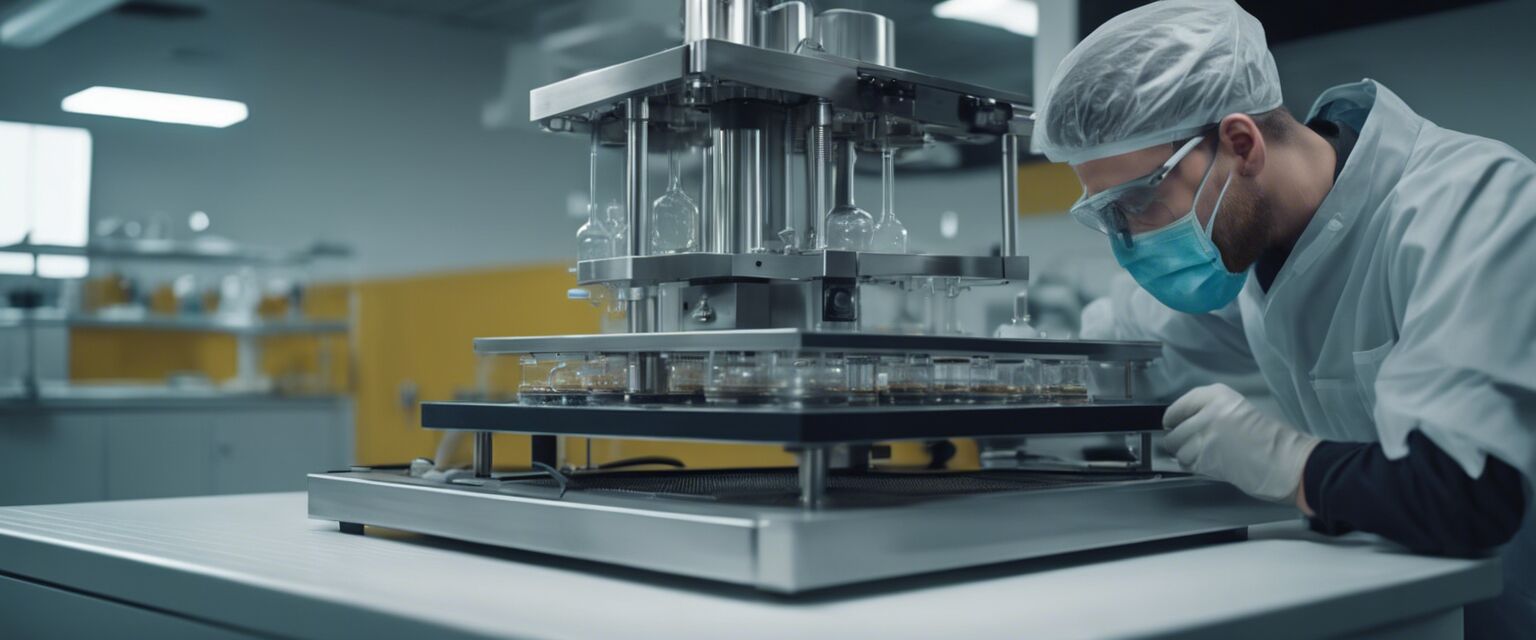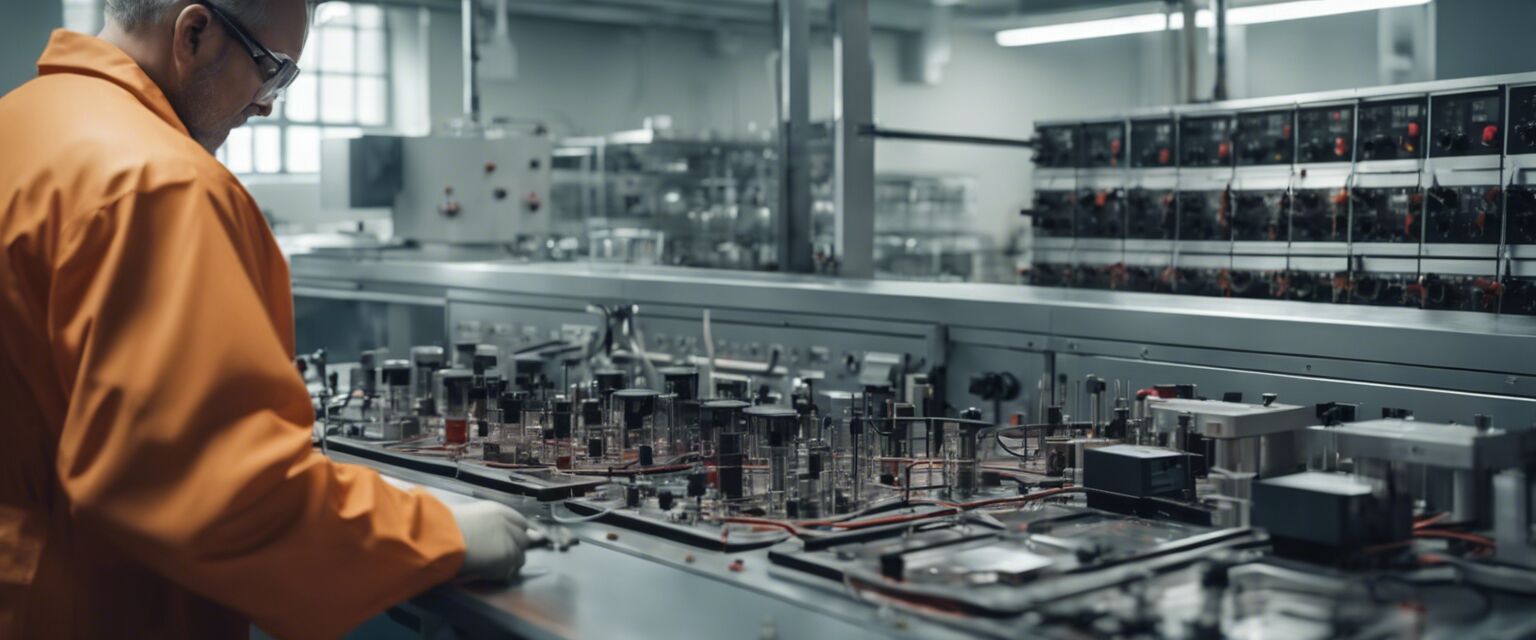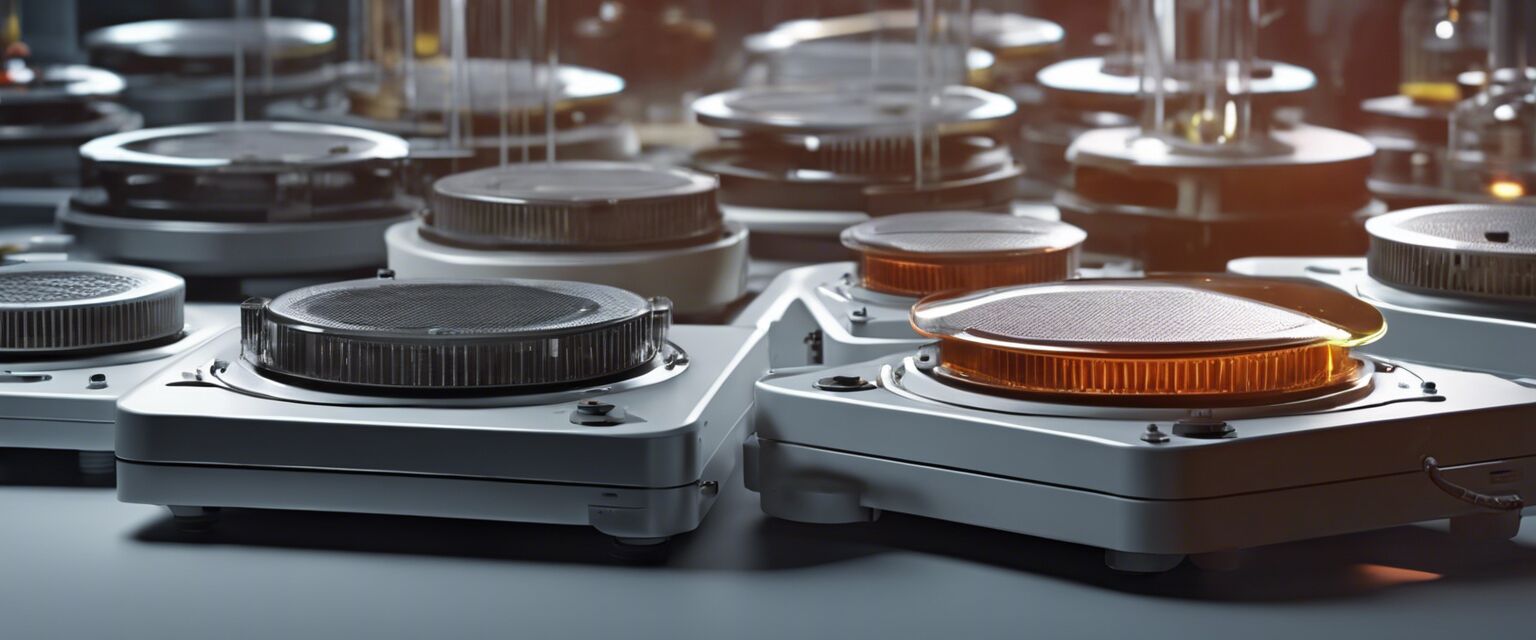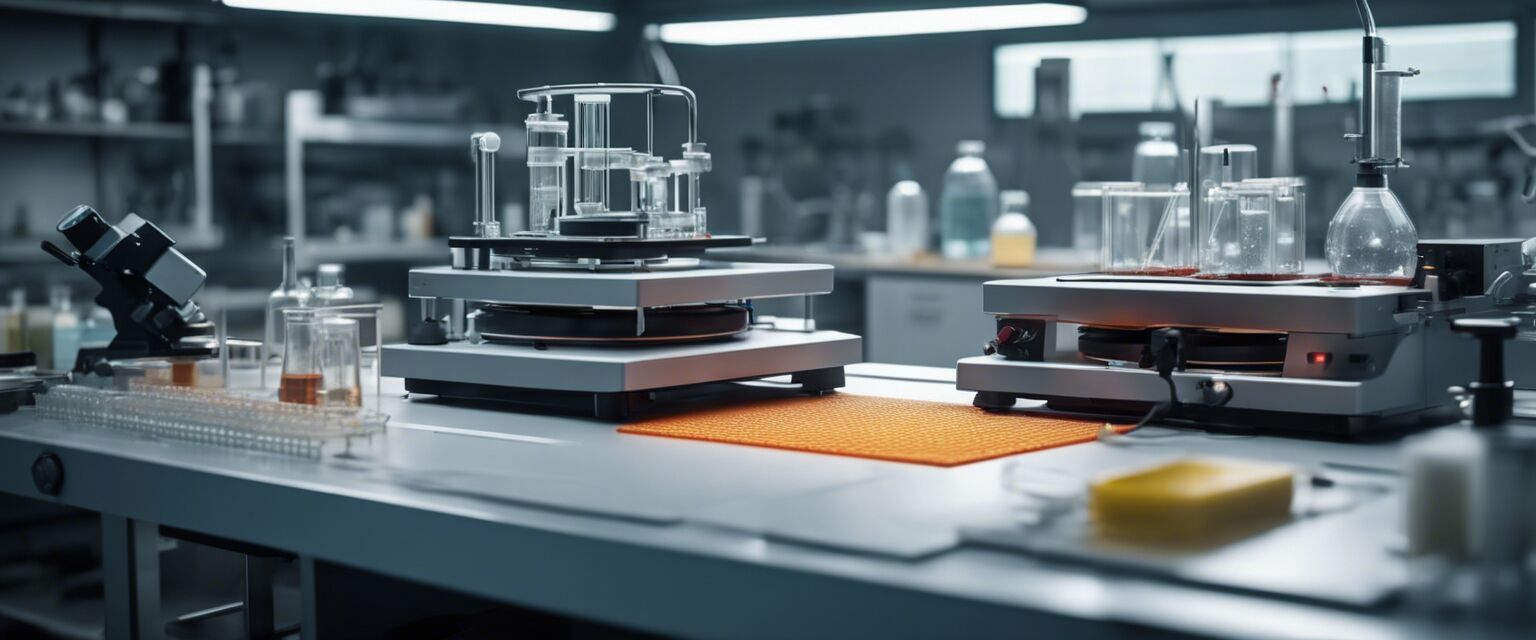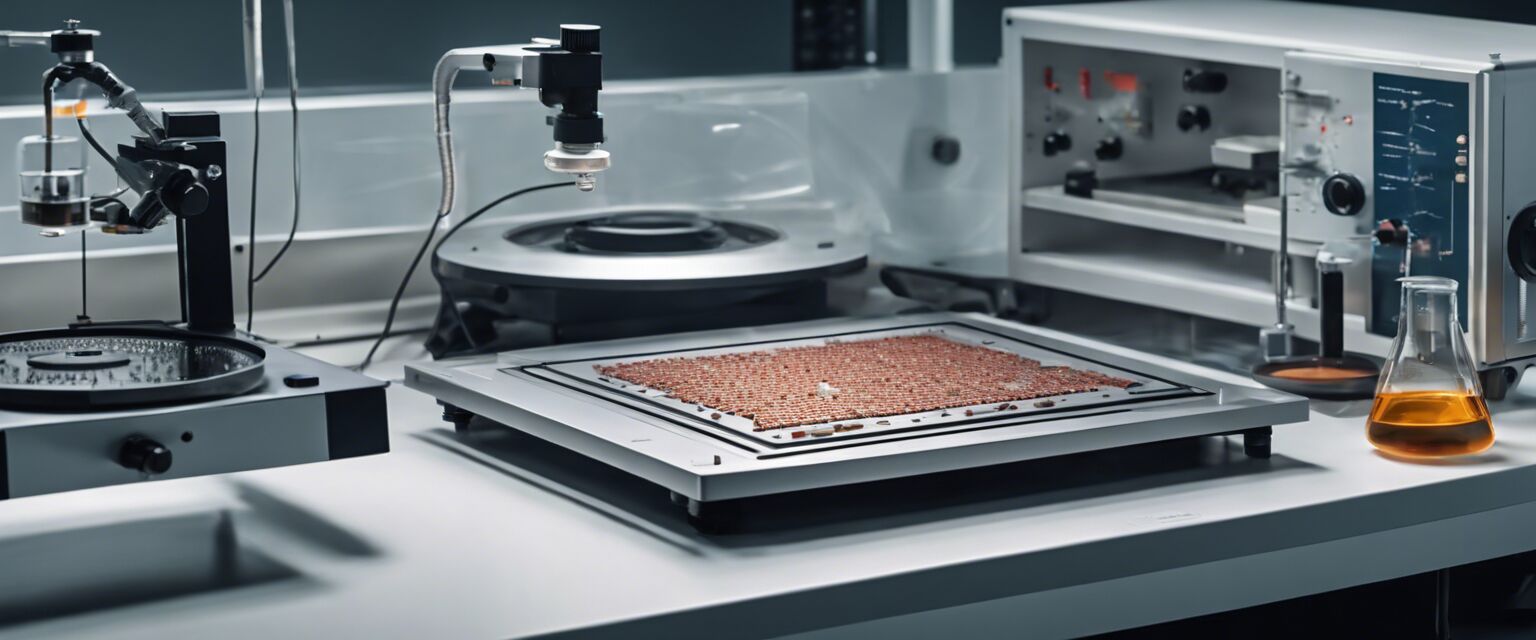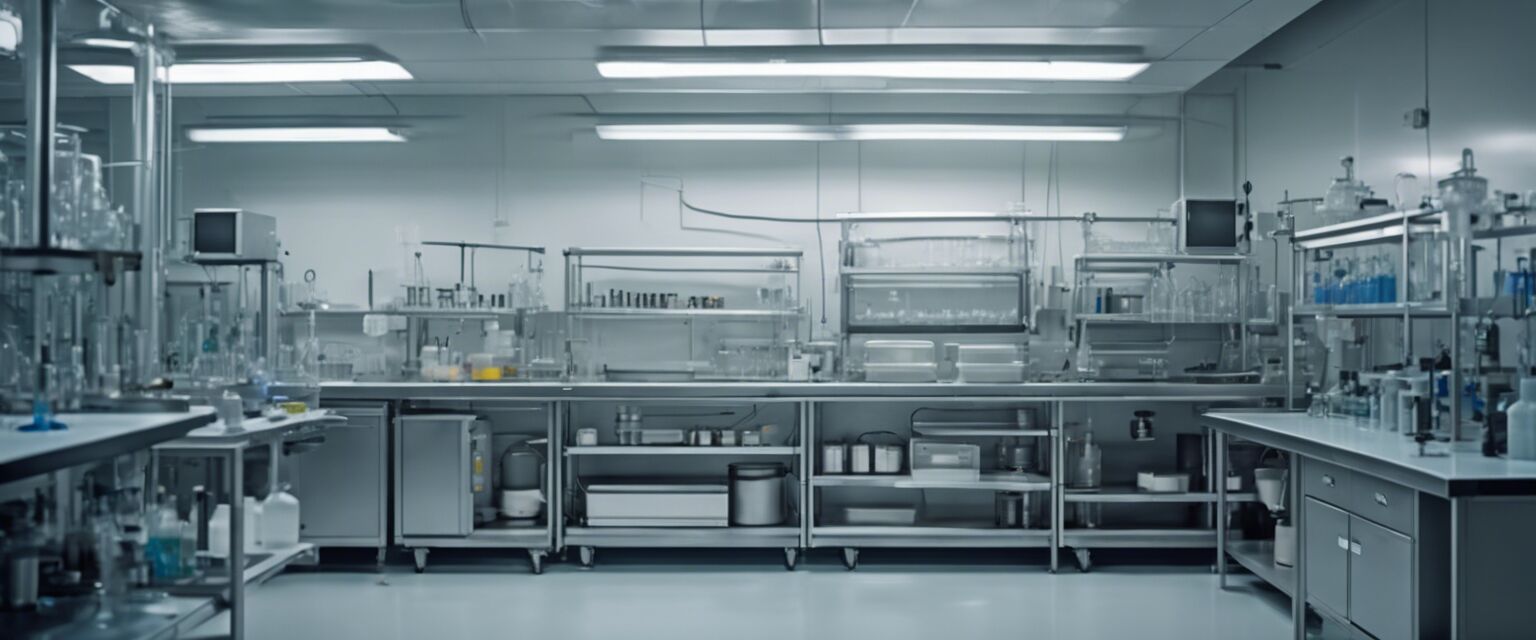
Laboratory Hot Plate Maintenance
Key Takeaways
- Regular maintenance and cleaning extend the life of laboratory hot plates.
- Use appropriate cleaning agents to avoid damage to surfaces.
- Regularly inspect electrical connections and components for safety.
- Training staff on proper usage is crucial for maintaining equipment.
Laboratory hot plates are crucial instruments used in various scientific applications. They provide uniform heat and stability necessary for experiments. However, their efficiency and longevity depend on proper maintenance and cleaning routines. This article provides comprehensive tips for maintaining laboratory hot plates, ensuring they operate effectively and last for years.
Importance of Maintenance
Proper maintenance is vital for laboratory hot plates due to the following reasons:
- Ensures accurate temperature control.
- Prevents equipment failure.
- Reduces the risk of accidents and hazards.
- Maintains the integrity of samples being tested.
Basic Maintenance Tips
Here are the essential maintenance practices for laboratory hot plates:
- Ensure that hot plates are turned off and unplugged before cleaning.
- Inspect power cords and plugs for signs of wear or damage.
- Regularly clean the heating surface using a soft cloth.
- Verify that the temperature control settings are accurate.
- Conduct periodic checks for any unusual noises or smells while in use.
Cleaning Procedures
Maintaining a clean hot plate is just as important as routine inspections. Here are some general steps to follow for cleaning:
| Cleaning Step | Description | Recommended Tools |
|---|---|---|
| Dust Removal | Use a soft brush or cloth to remove dust and debris. | Soft brush or microfiber cloth |
| Surface Cleaning | Wipe down the heating surface with a non-abrasive cleaner. | Non-abrasive cleaner, soft cloth |
| Cool Down | Allow the hot plate to cool before conducting thorough cleaning. | N/A |
| Inspect for Residue | Check for any material leftover that can affect performance. | Soft cloth |
What to Avoid When Cleaning
It's essential to know what not to do when maintaining your hot plates:
- Avoid using harsh chemicals that could corrode the surface.
- Avoid soaking or submerging hot plates in water.
- Avoid abrasive cloths that can scratch surfaces.
- Avoid neglecting the power supply and cord inspections.
Routine Inspections
Regular inspections of your laboratory hot plate ensure that they stay in top condition. Hereâs a checklist to follow:
- Check the heating element for cracks or signs of wear.
- Inspect temperature controls for responsive and accurate reading.
- Verify that the base is stable and doesnât wobble.
- Ensure the thermal fuse is intact and functioning.
- Test for adequate heat distribution across the plate.
Addressing Common Issues
Hot plates can develop issues over time. Here is how to address a few common problems:
| Issue | Symptoms | Possible Solution |
|---|---|---|
| Inaccurate Temperature | Temperature display doesnât match actual heat. | Calibrate the temperature settings according to the manual. |
| Uneven Heating | Samples heat unevenly. | Inspect for dirt or debris on the heating element. |
| Electrical Short-Circuit | Equipment shuts down unexpectedly. | Check power supply; replace any damaged cords. |
| No Power | Hot plate doesnât turn on. | Test with another electrical outlet or check internal fuses. |
Training and Best Practices
To further extend the life of your laboratory hot plates, consider implementing staff training on best practices:
Tips for Staff Training
- Provide thorough instruction on the proper usage of hot plates.
- Encourage reporting of any irregularities immediately.
- Highlight the importance of regular cleaning and inspections.
- Include information on the various types of hot plates (e.g., Analog Hot Plates, Digital Hot Plates) during training.
Conclusion
Maintaining laboratory hot plates is an essential part of ensuring their long-term functionality and safety. By implementing organized cleaning routines, regular inspections, and staff training, laboratories can optimize their hot plates' performance and reduce the risk of issues down the line. For more detailed information on different types of hot plates or additional maintenance tips, explore our sections on Ceramic Hot Plates, Hot Plate Stirrers, and Magnetic Stirrers.
Pros
- Extended equipment lifespan with proper maintenance.
- Enhanced safety and reliability during laboratory work.
- Consistent performance and accurate results.
Cons
- Requires regular attention and possibly additional training costs.
- Failure to maintain can lead to costly repairs or replacements.
